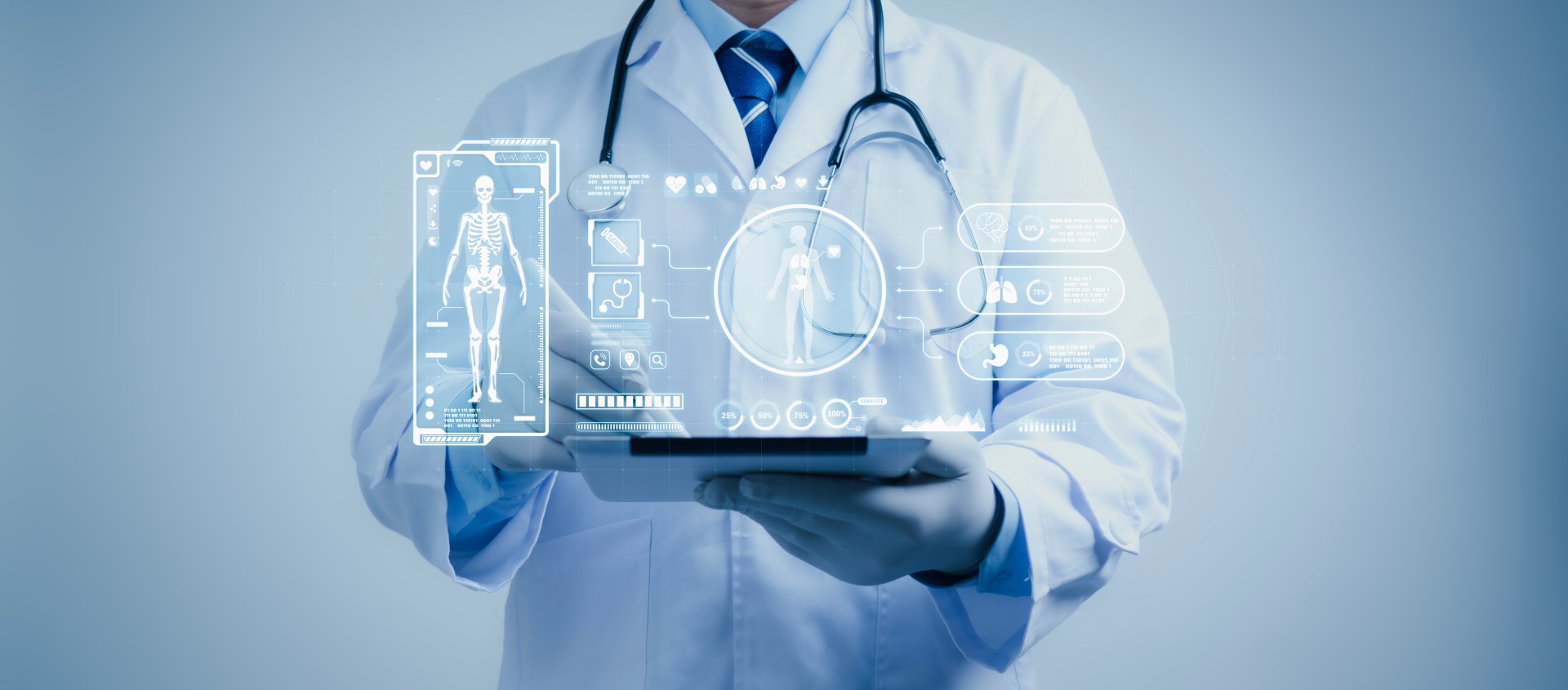Services of our developers for computed tomography
In several teams, we support our customers in the new and further development of software for the control of computer tomographs by MTAs, doctors and service technicians.

What do our software solutions for computerized tomography offer?
The ISO-Gruppe develops customised software solutions for medical computed tomography (CT) scanners. Our product range includes applications, control software and various technologies that optimise the operation and handling of these devices.
Integration of physics and software
Another goal of our teams is to develop and maintain the software that supports service technicians in the commissioning and maintenance of computer tomographs. In this context, it is crucial to combine physical and technical expertise with the traditional skills of software developers.

Applications that we develop
Together with our customers, we develop central components within the software architecture that make it possible to perform a CT scan in the first place. For example, we integrate the graphical user interface with the underlying system layer and implement the following topics, among others:

Which technologies we use?
Claus Bogner
90491 Nuremberg
Want to know more?
Get additional information about our services.